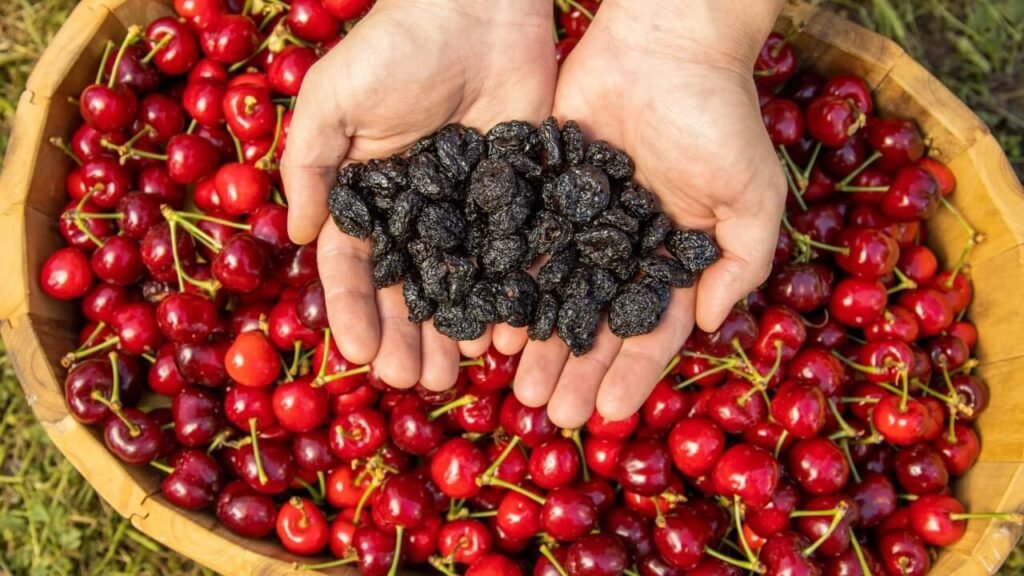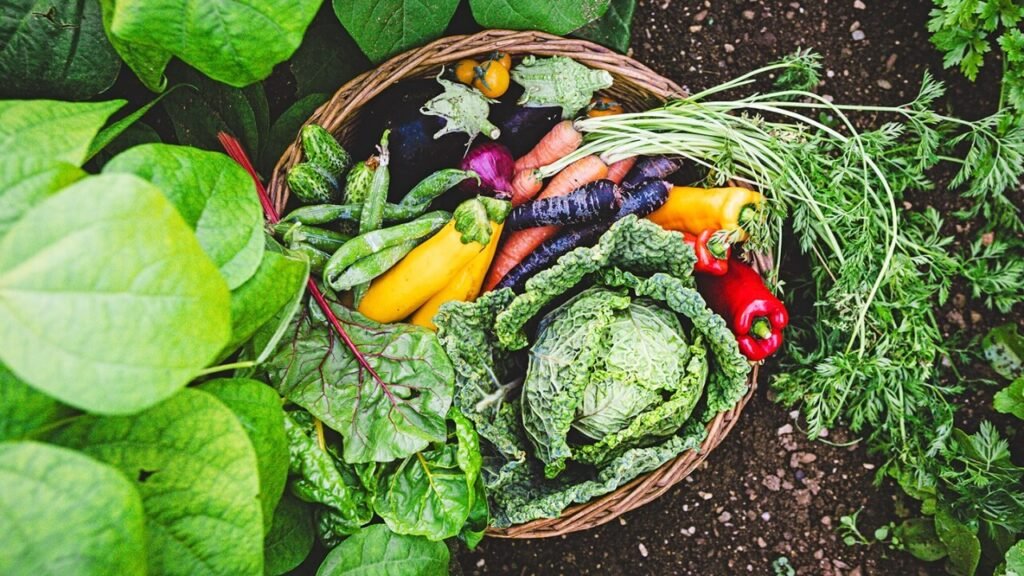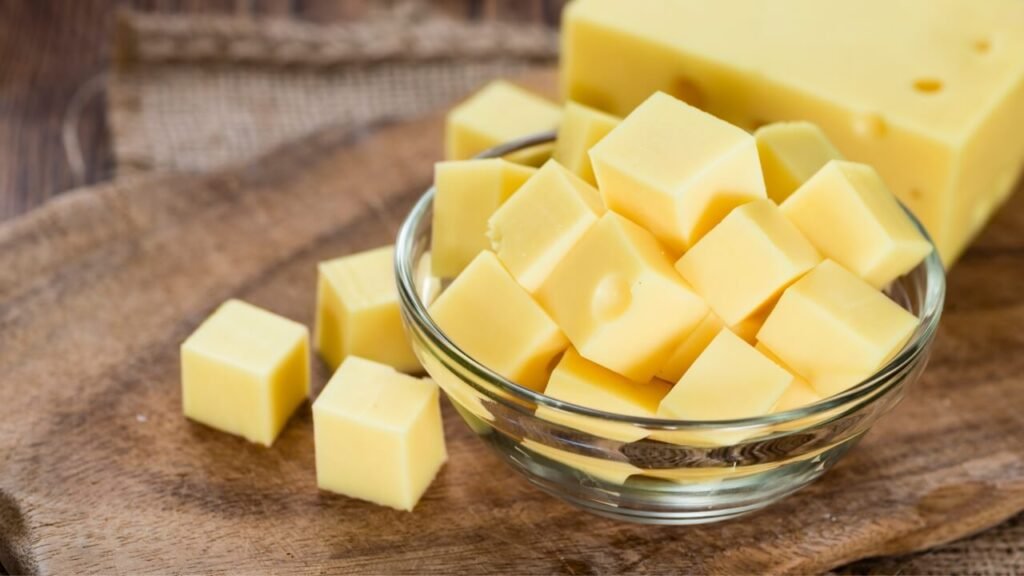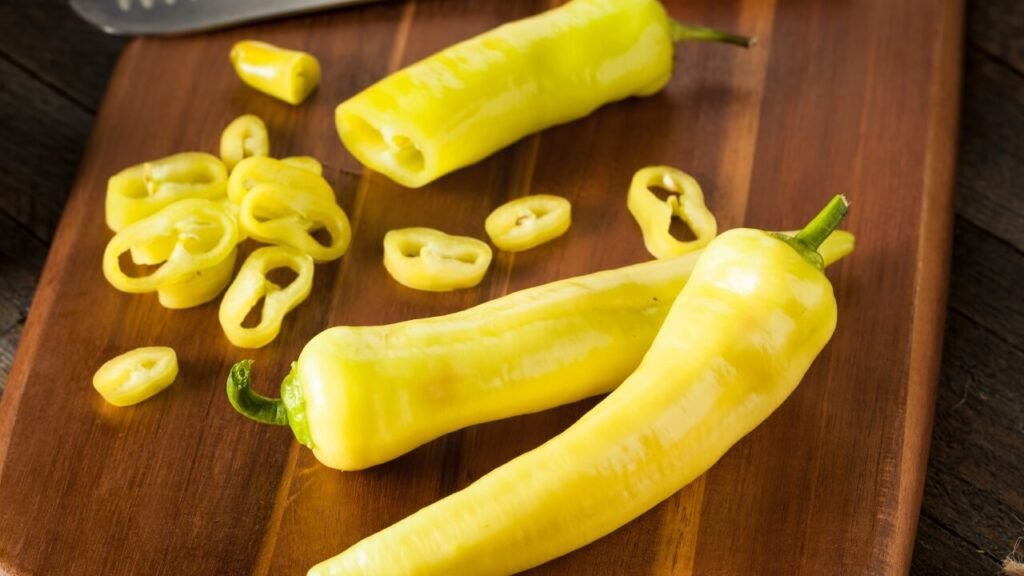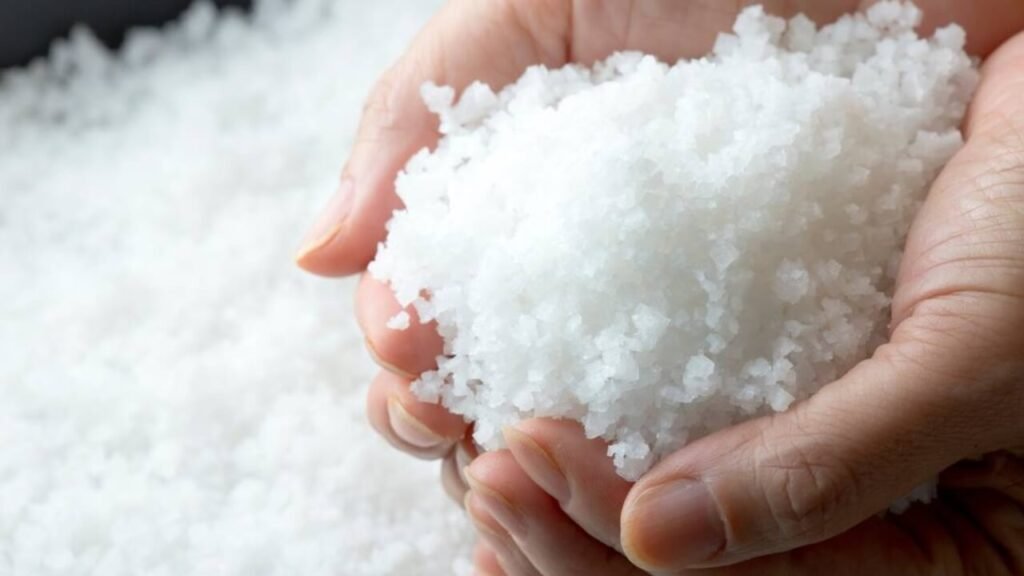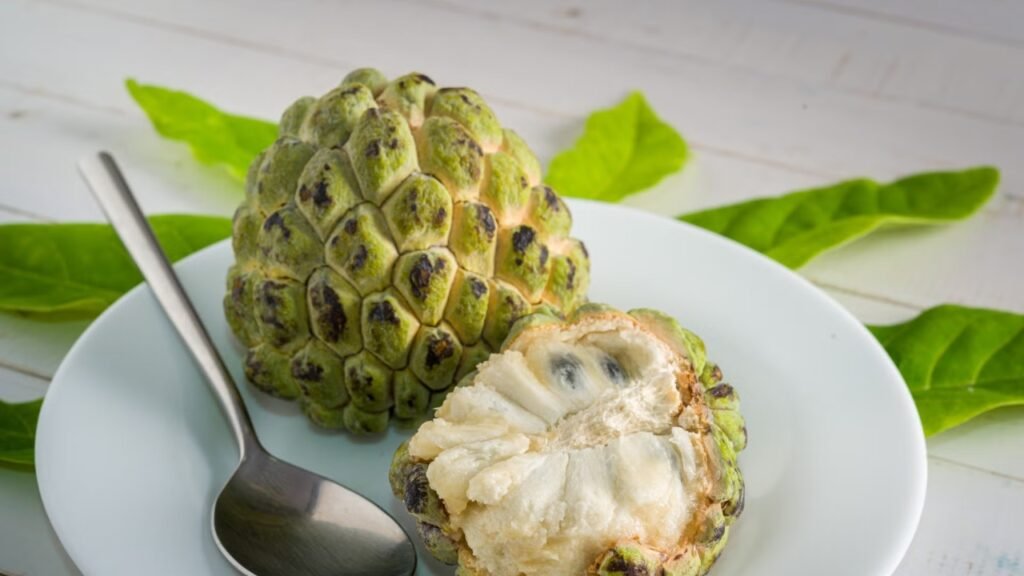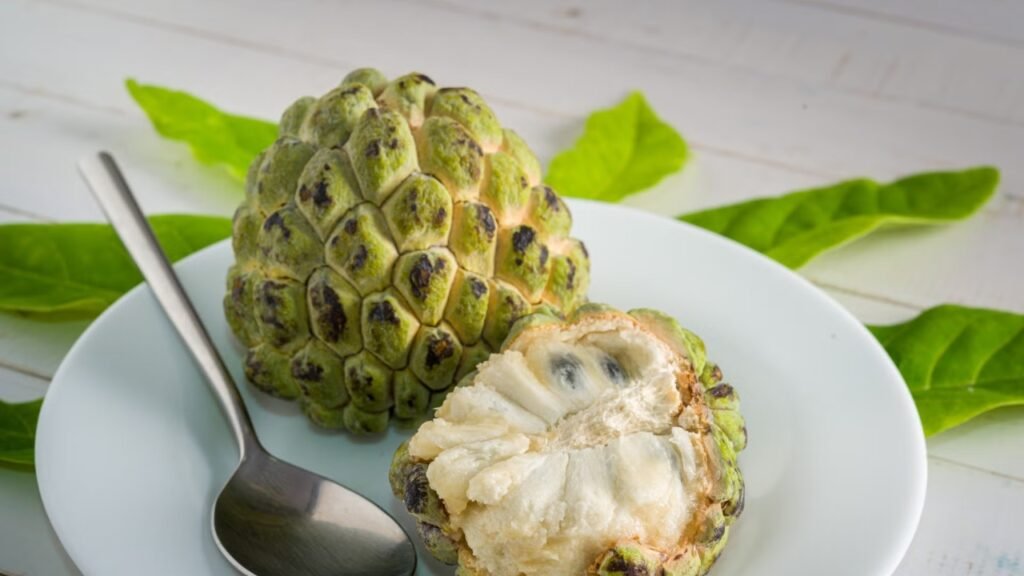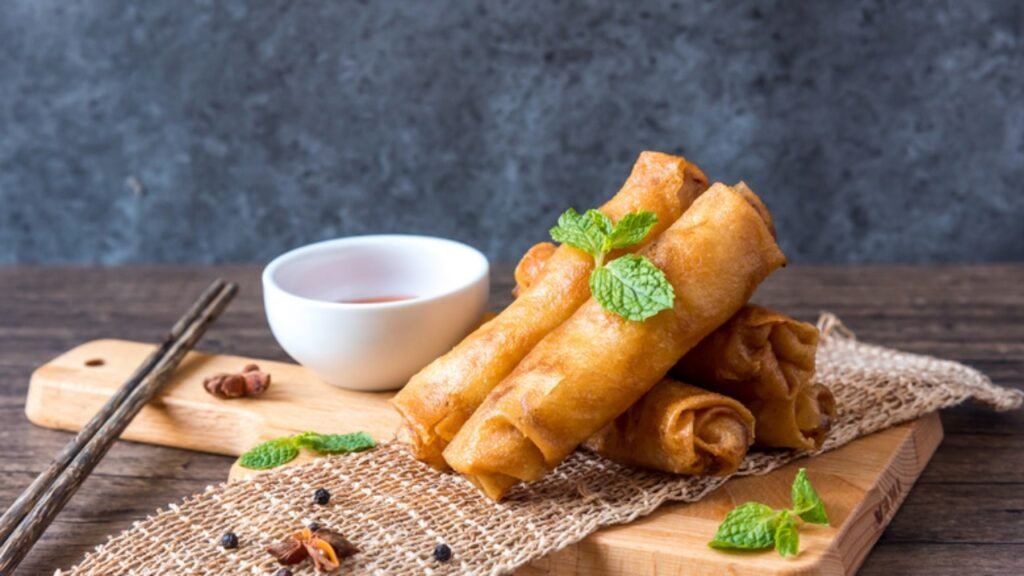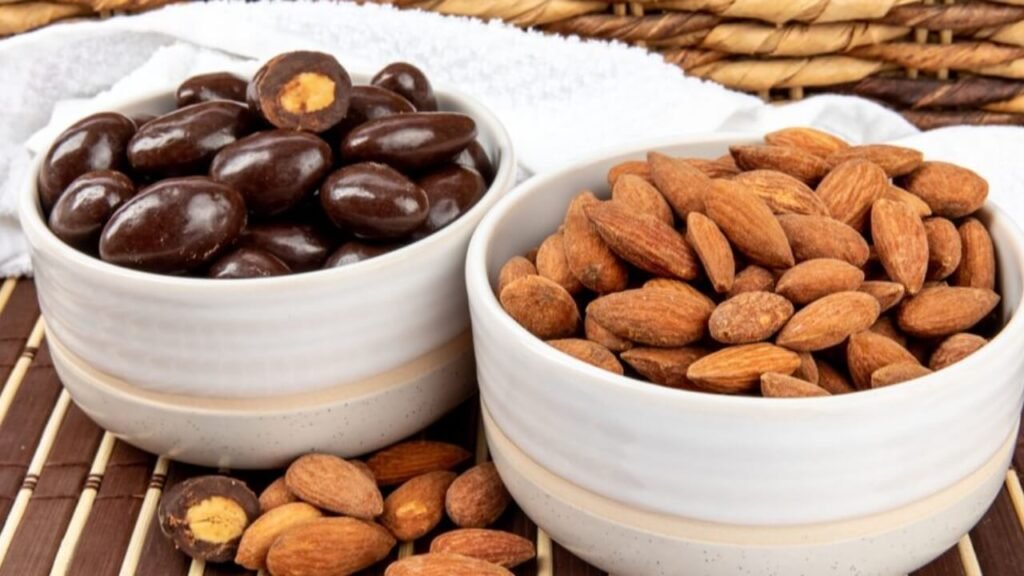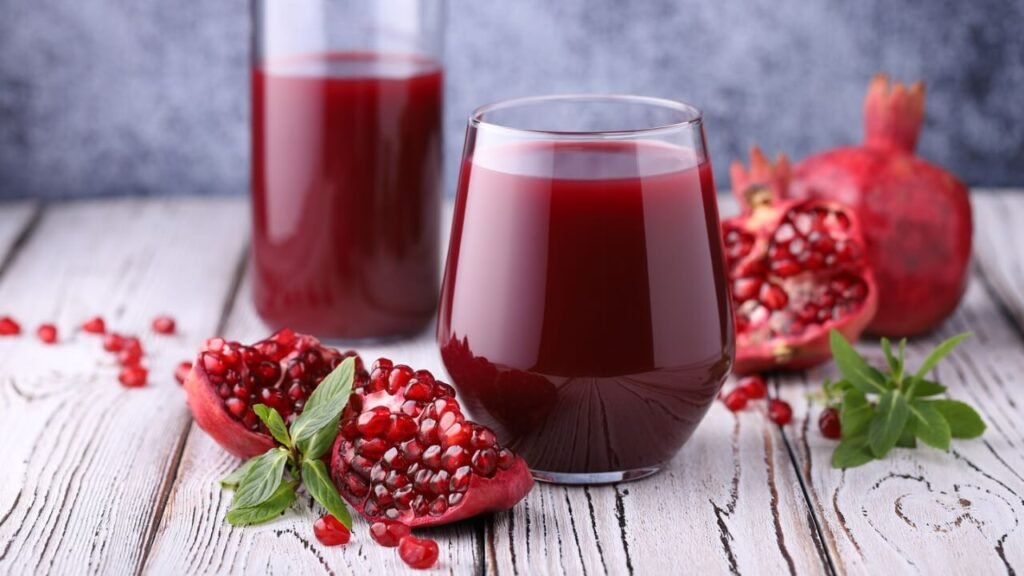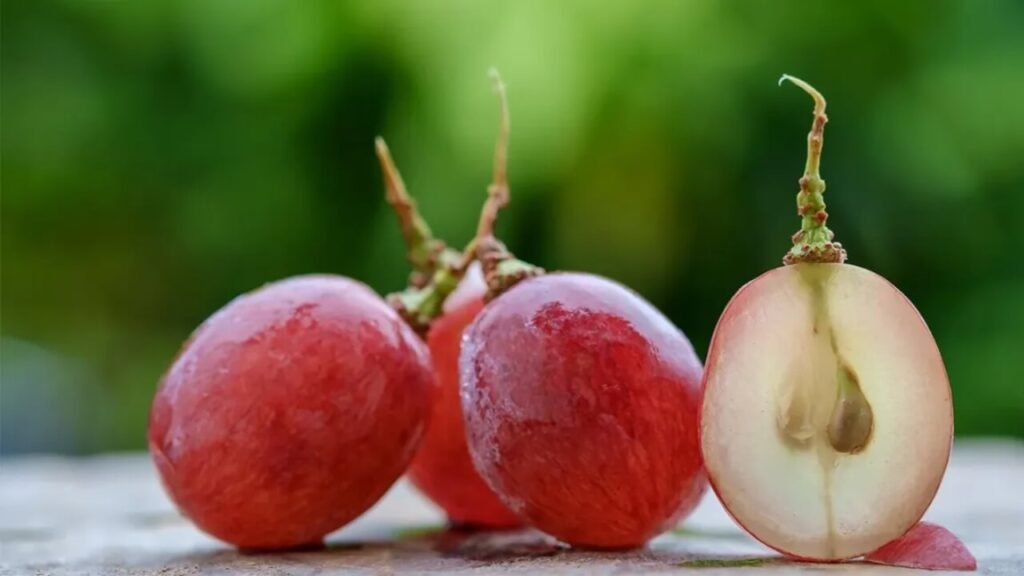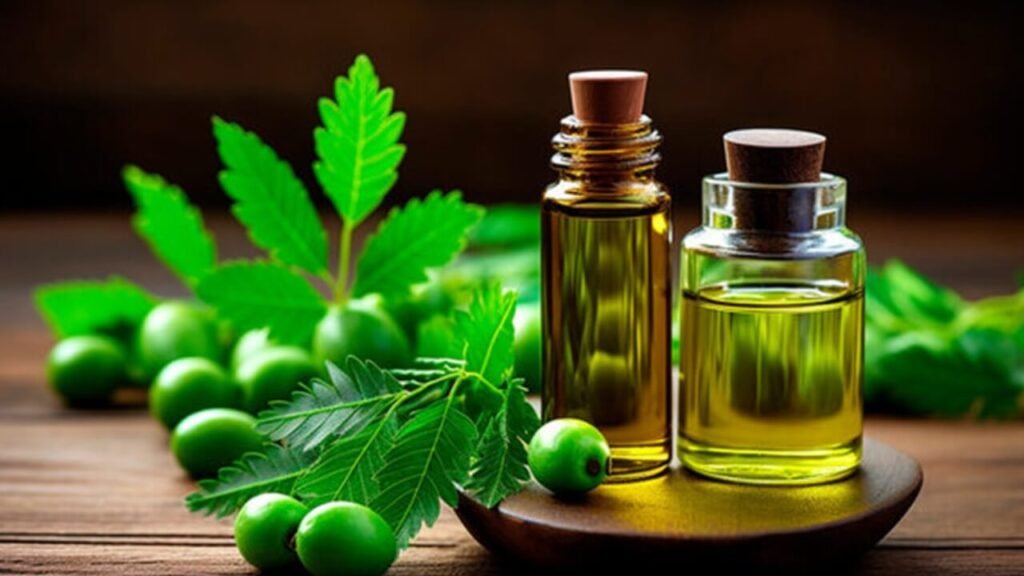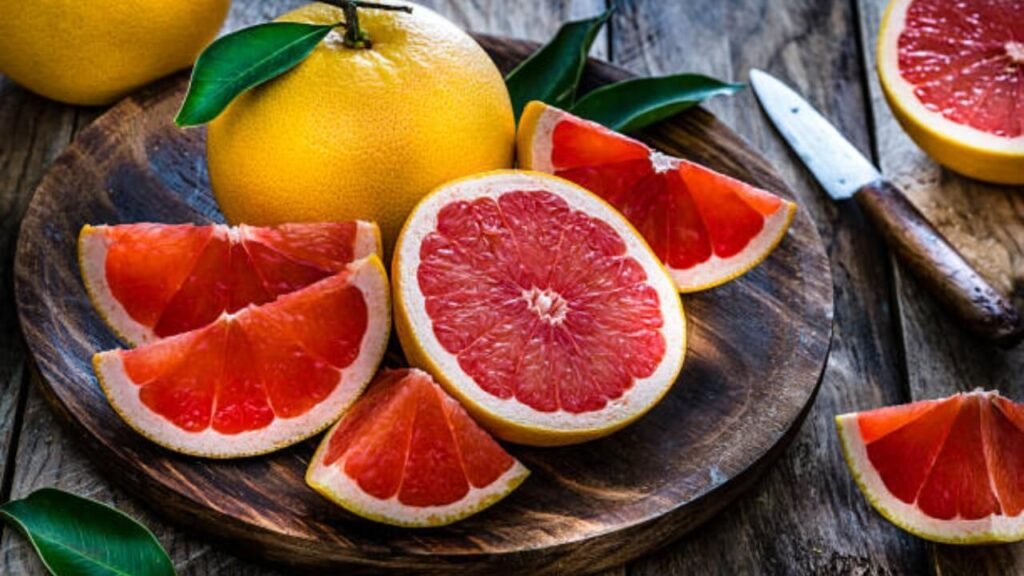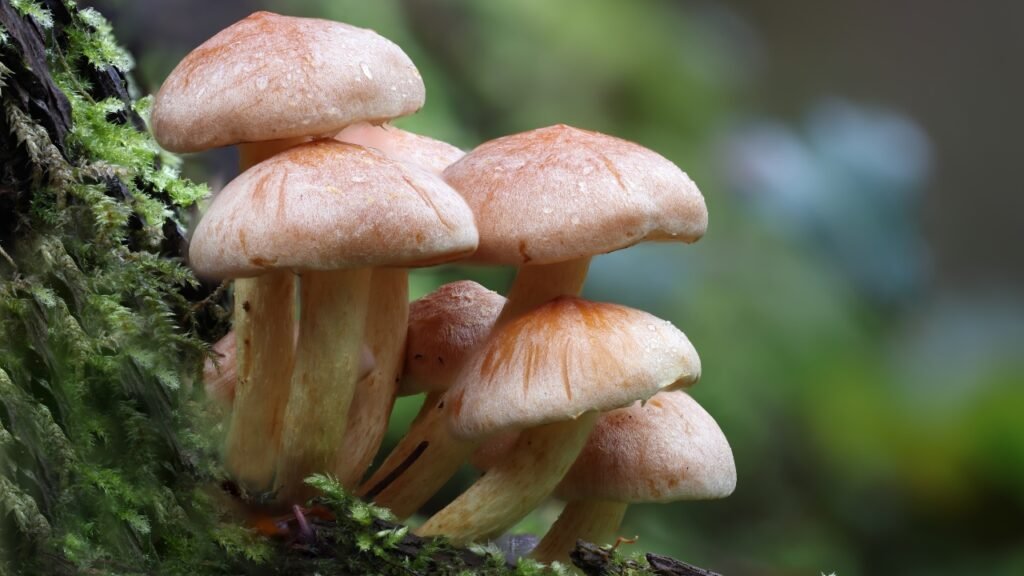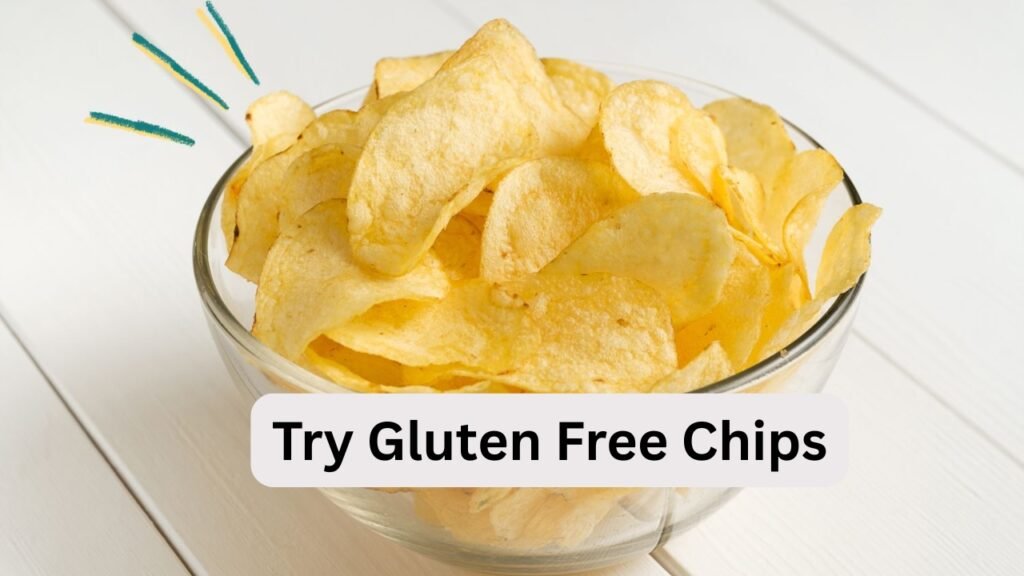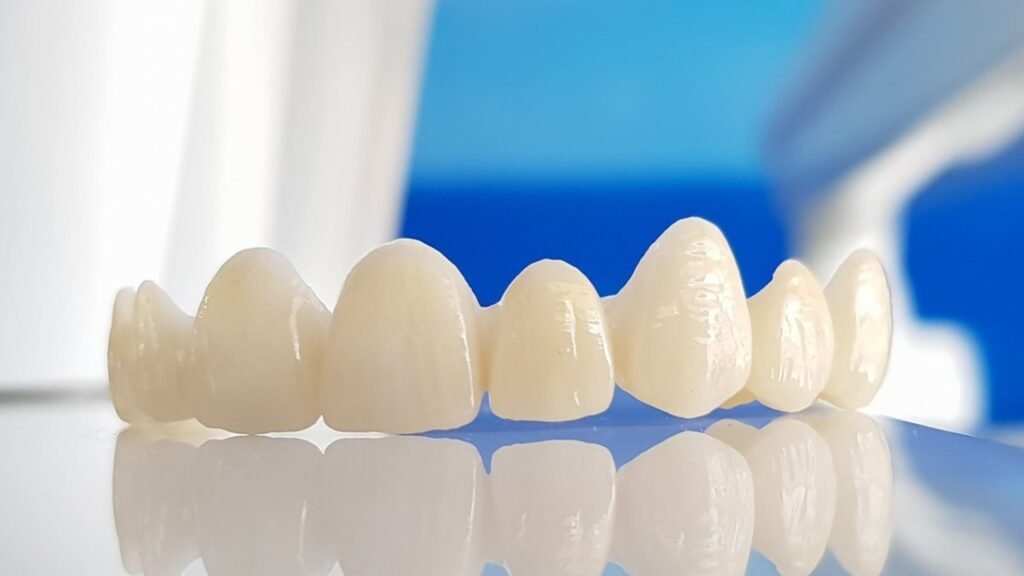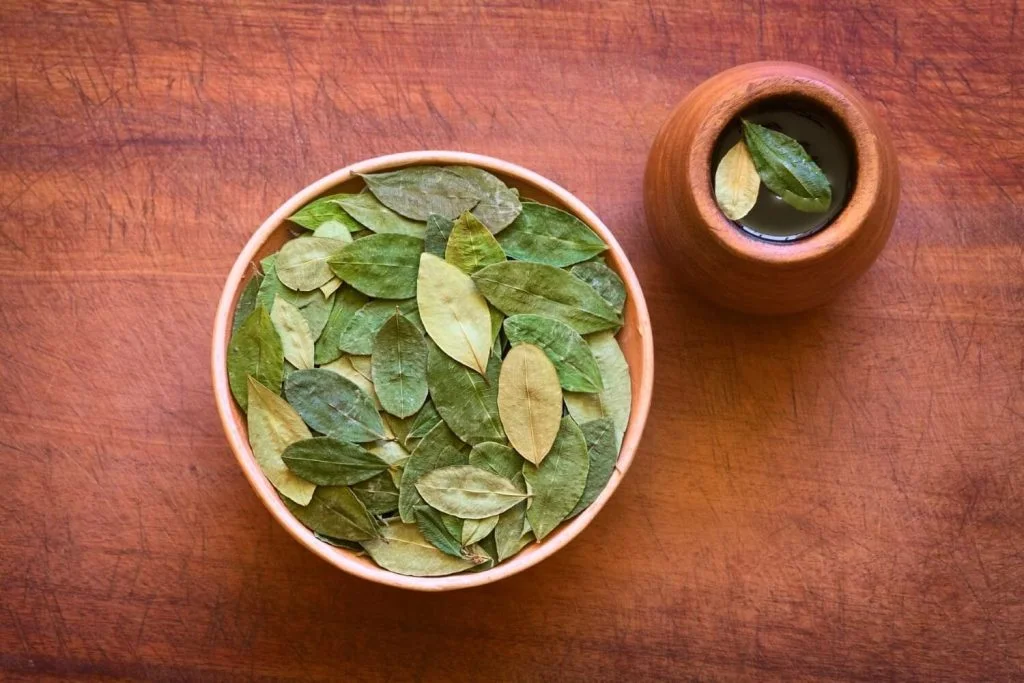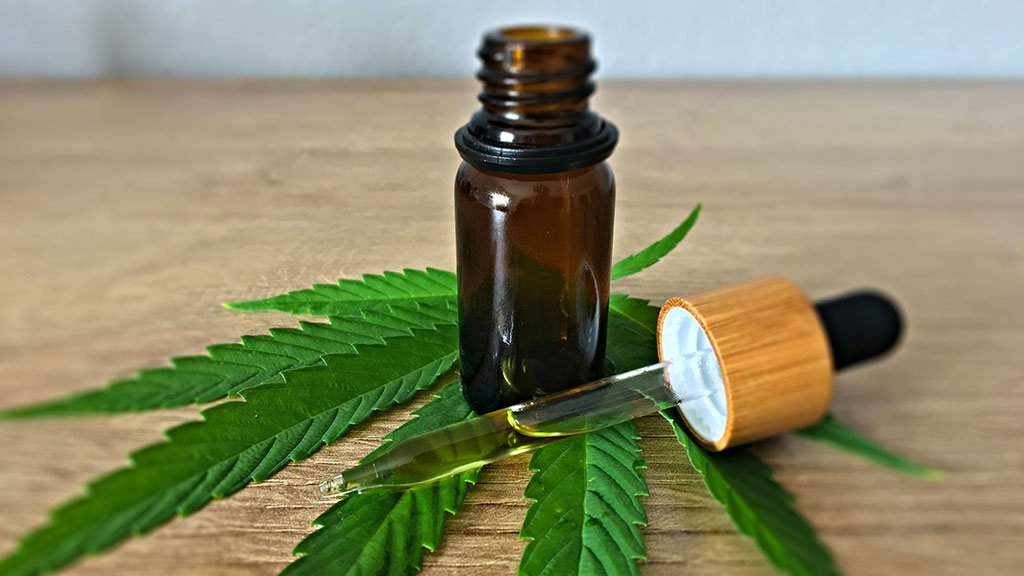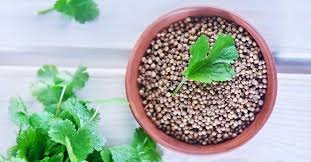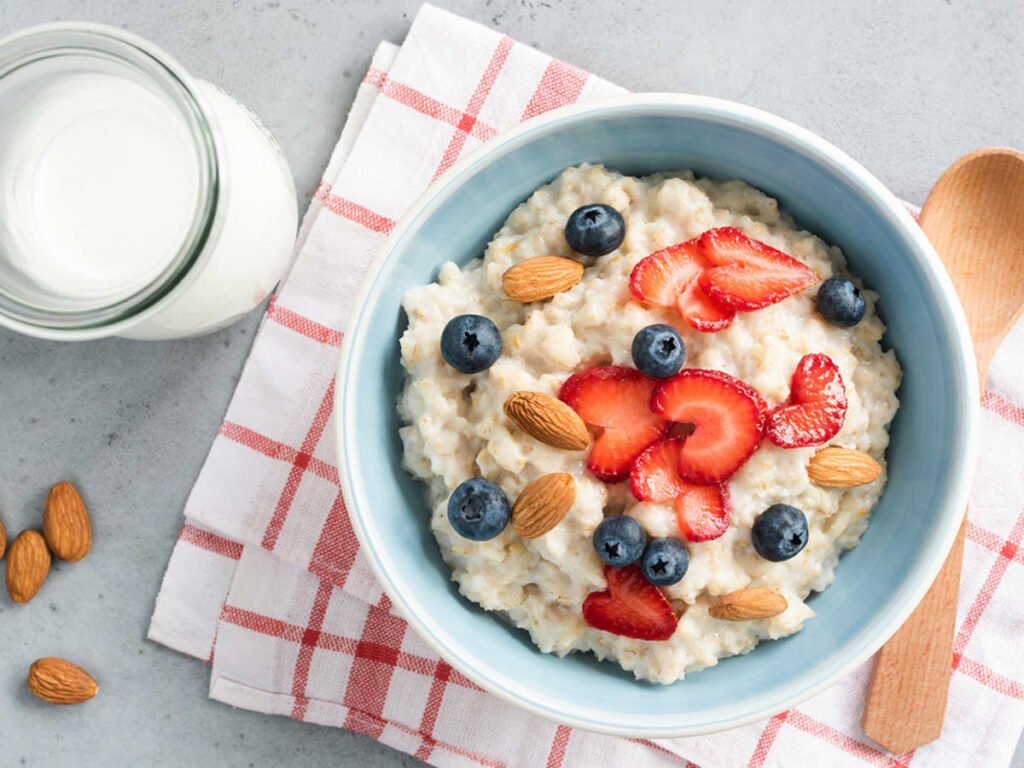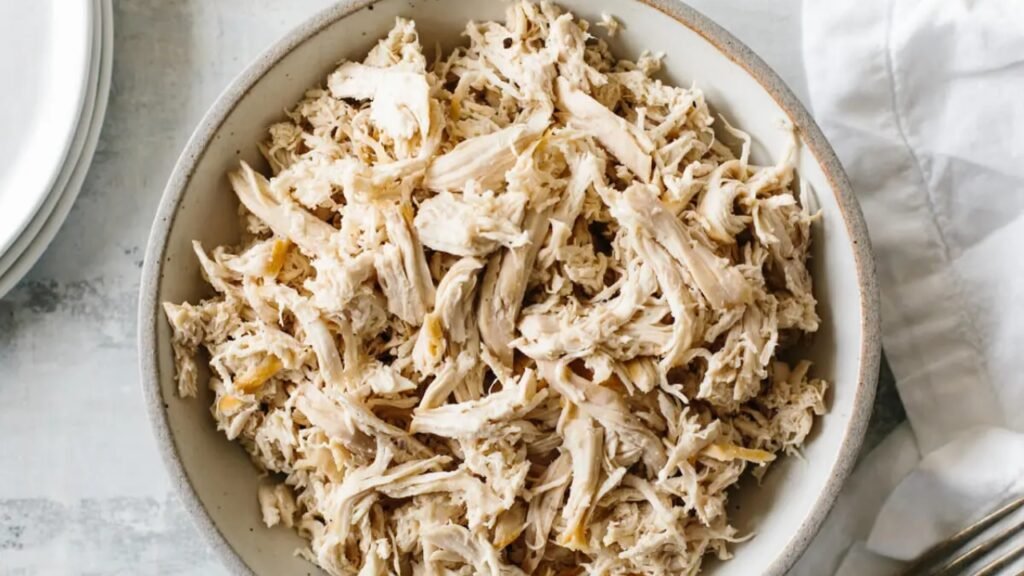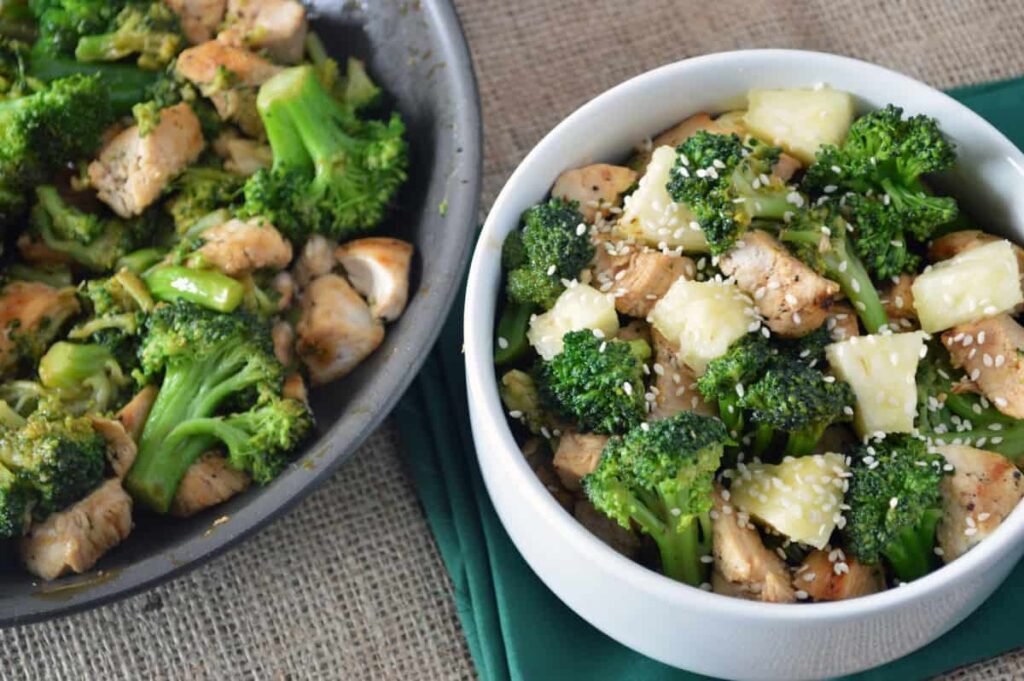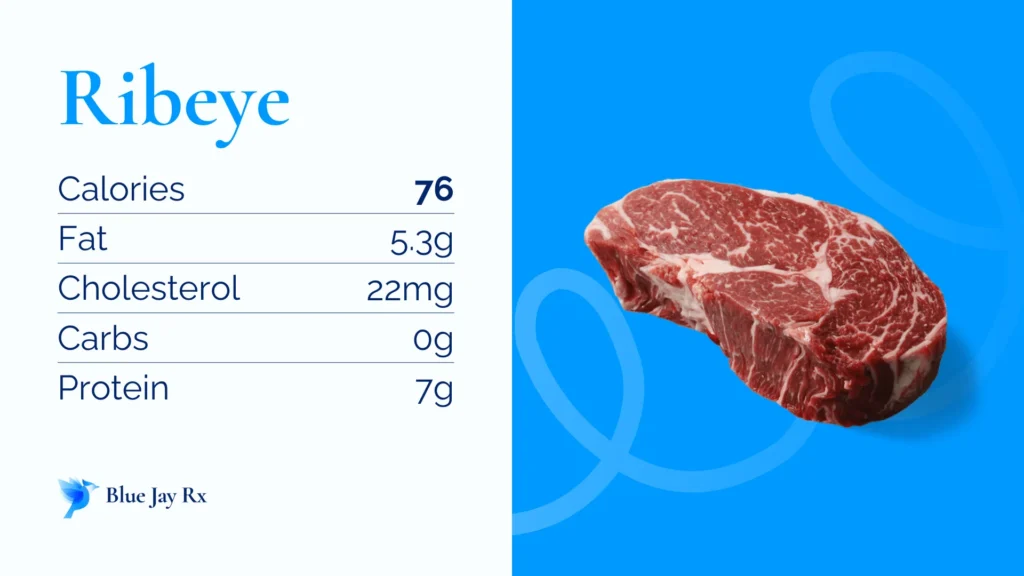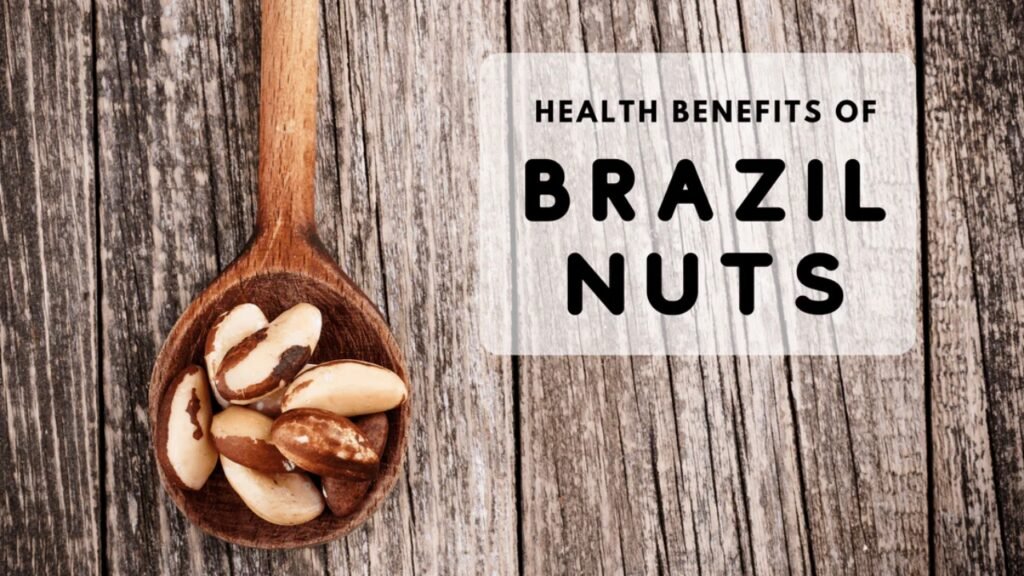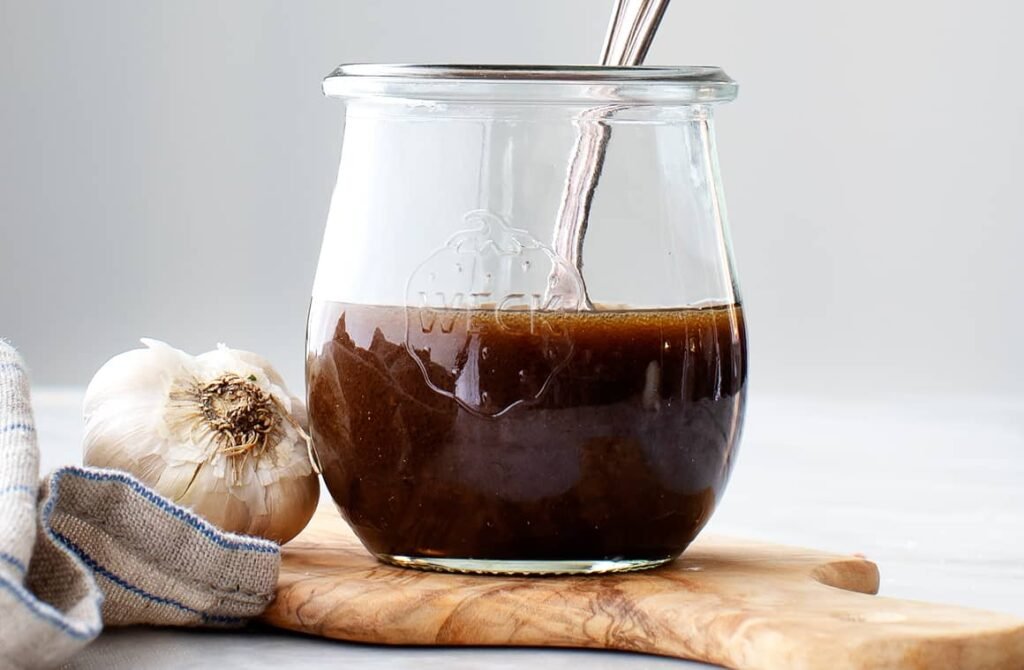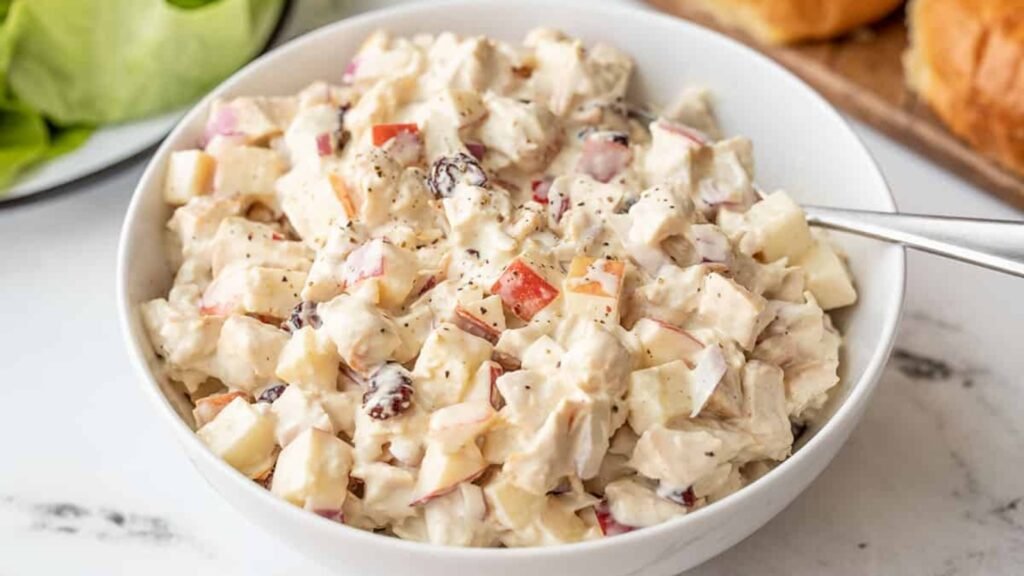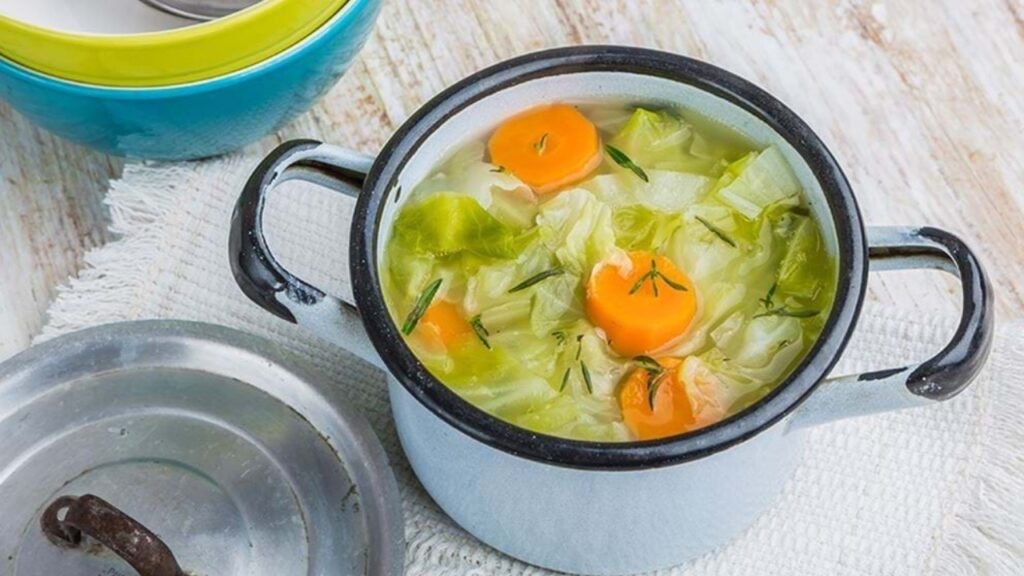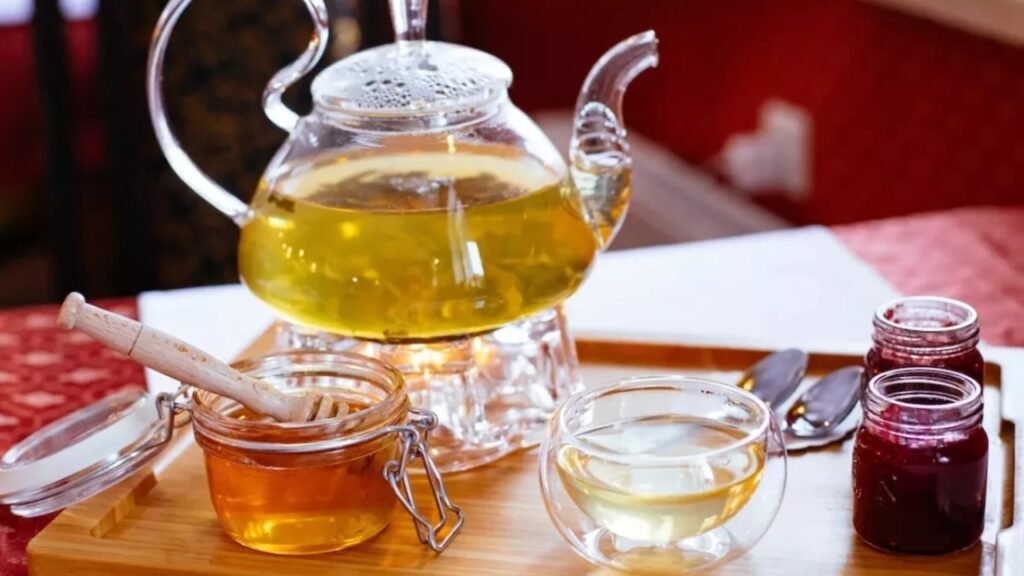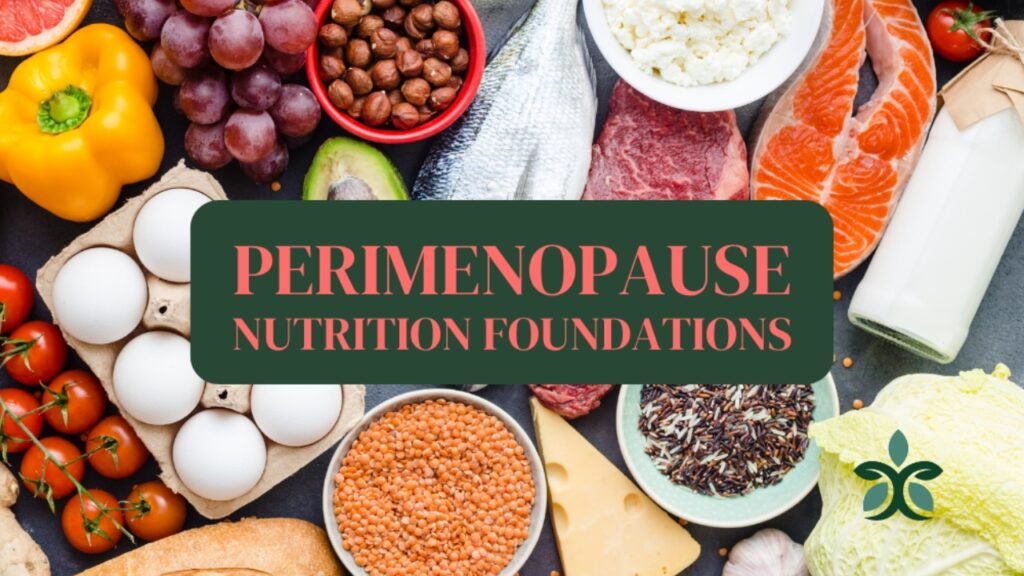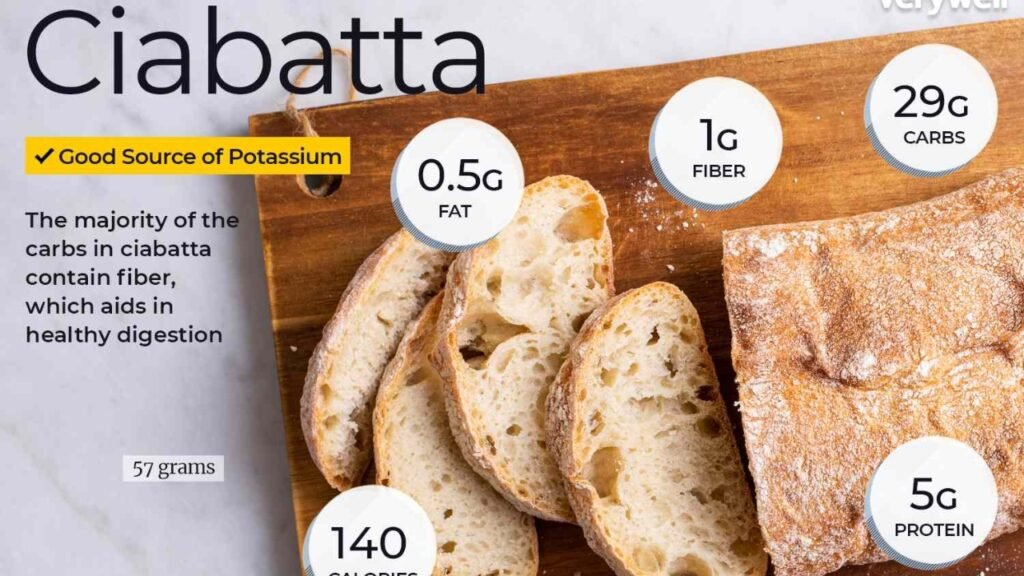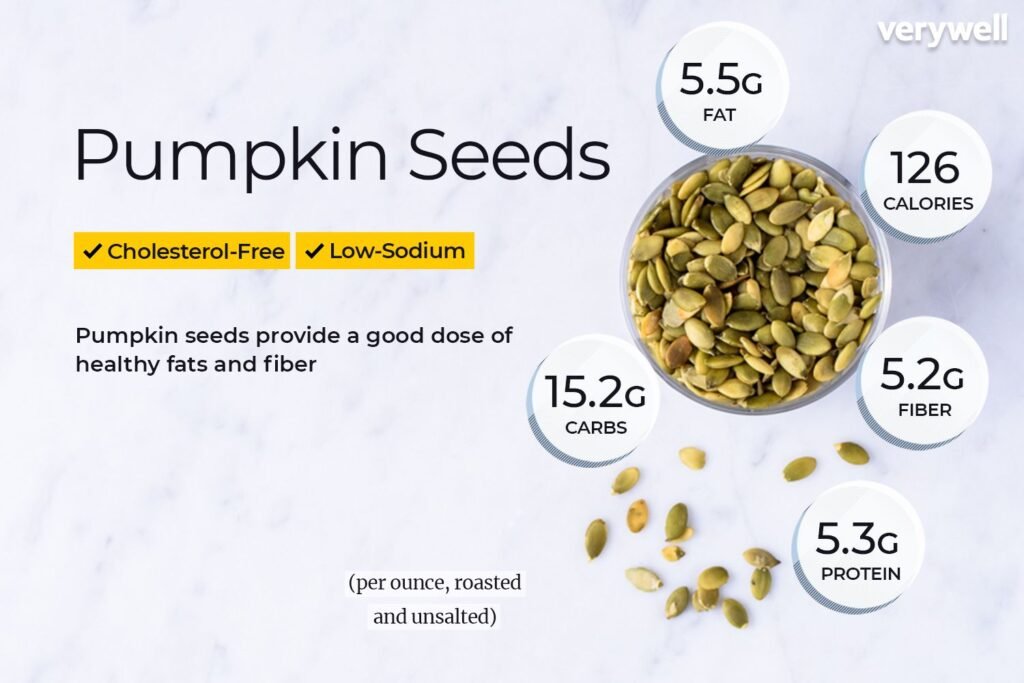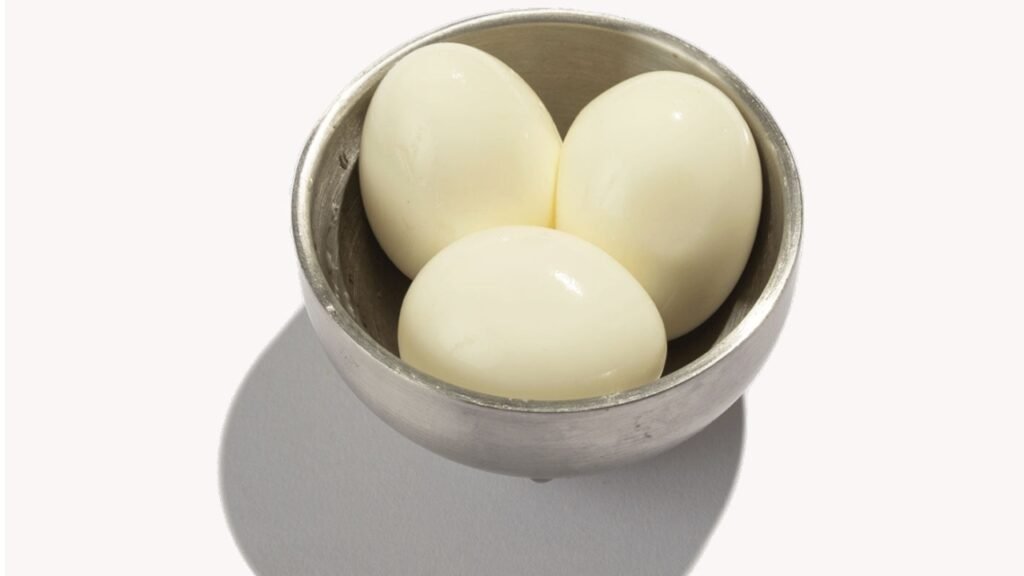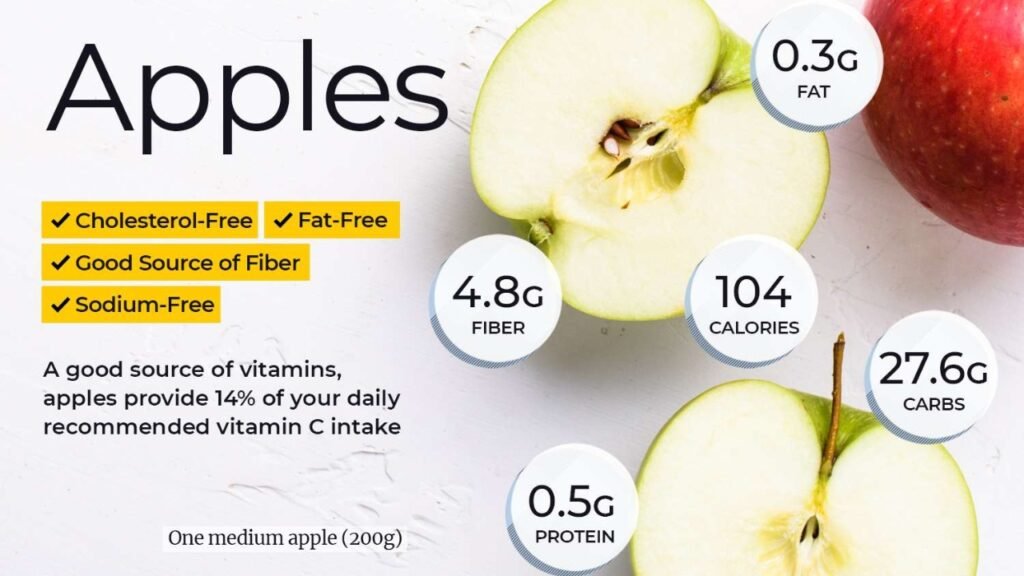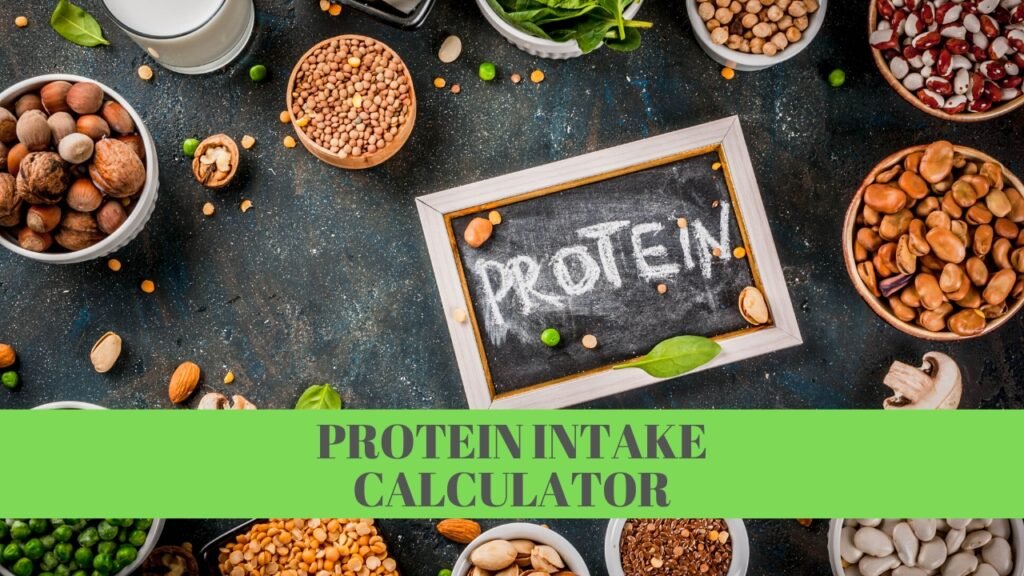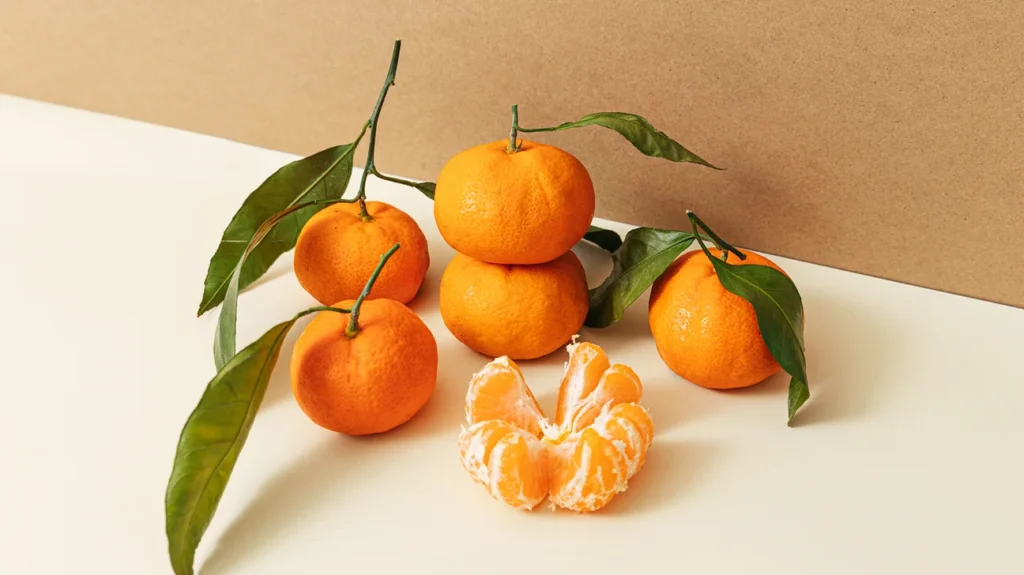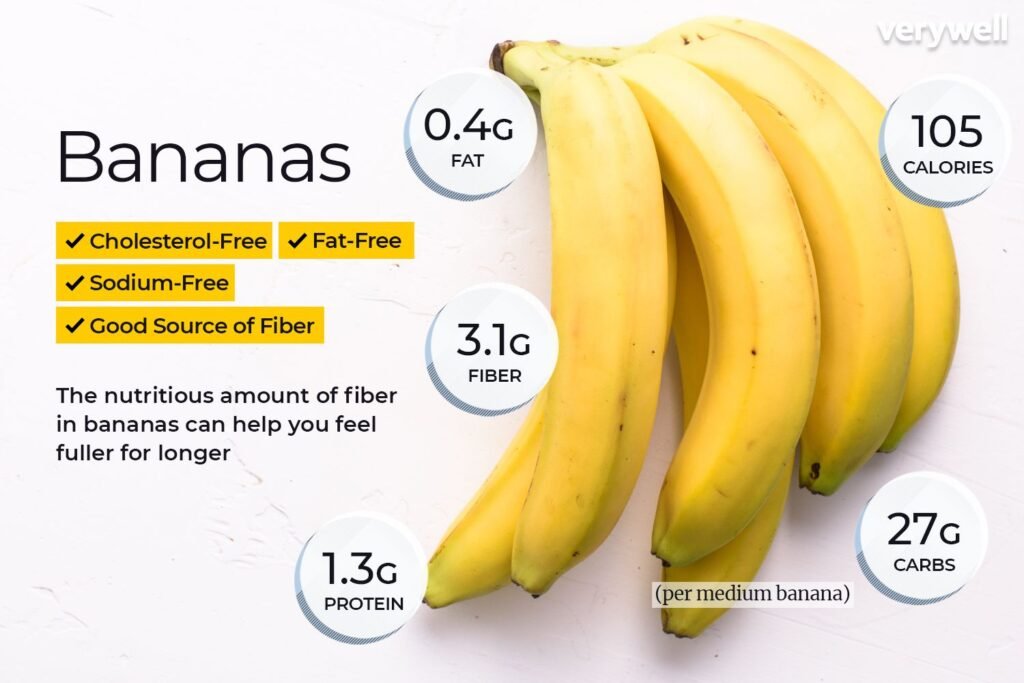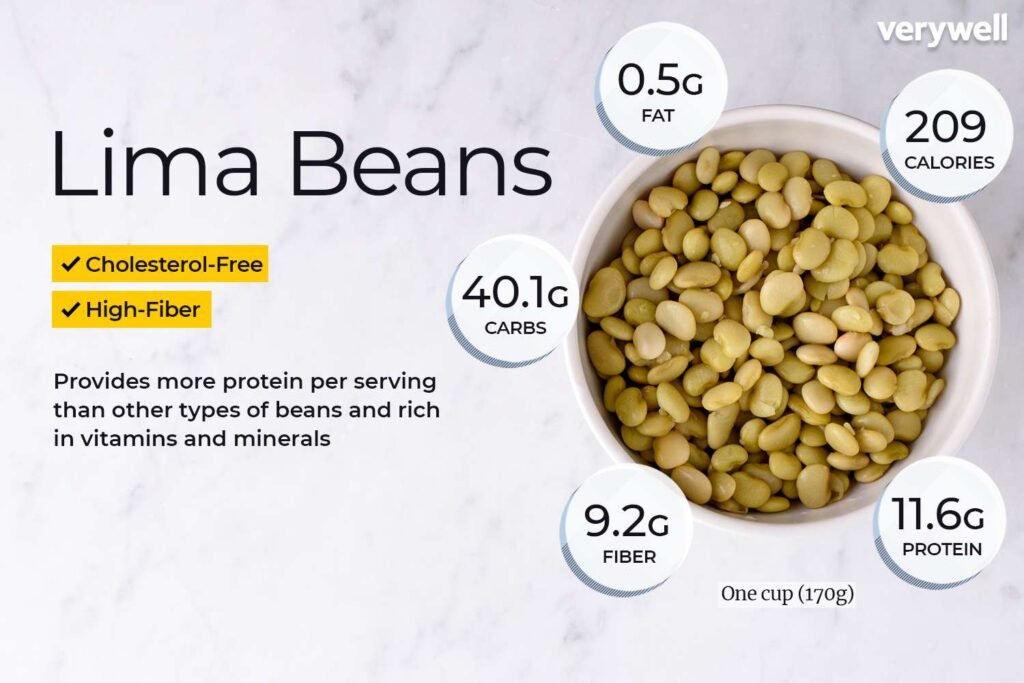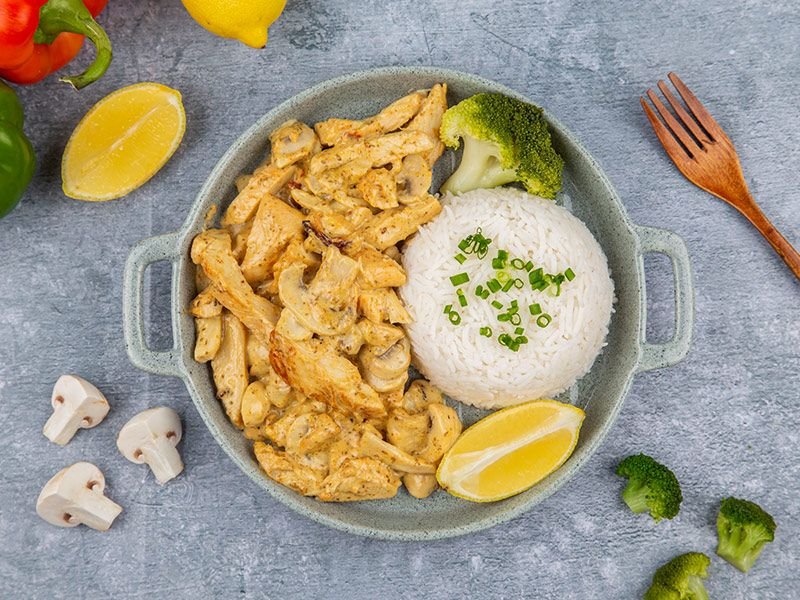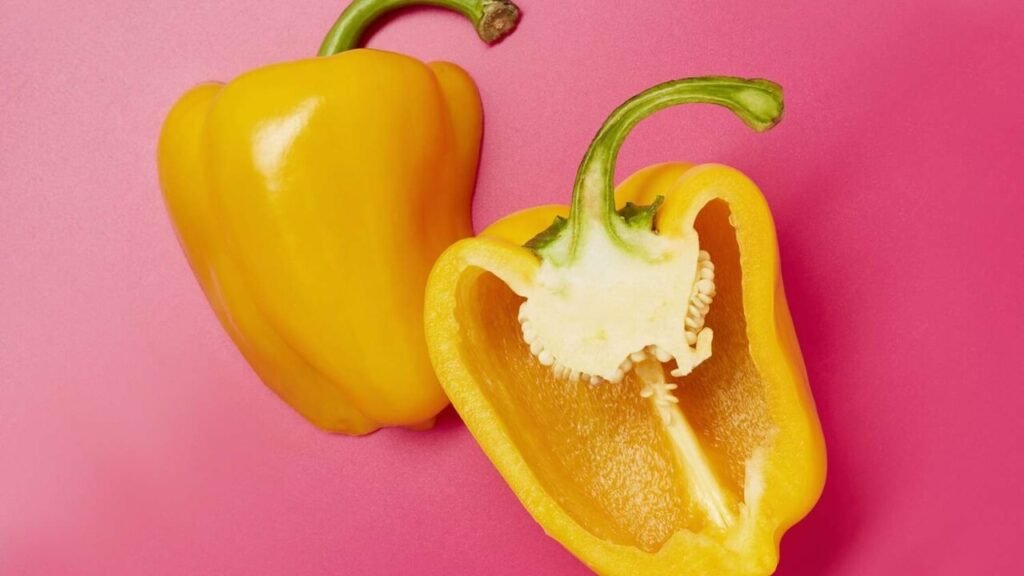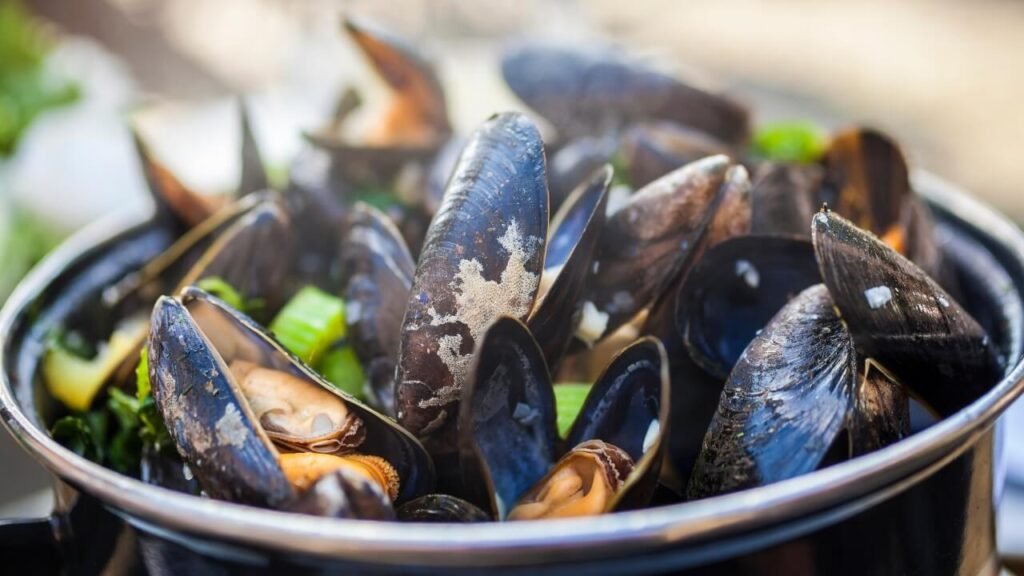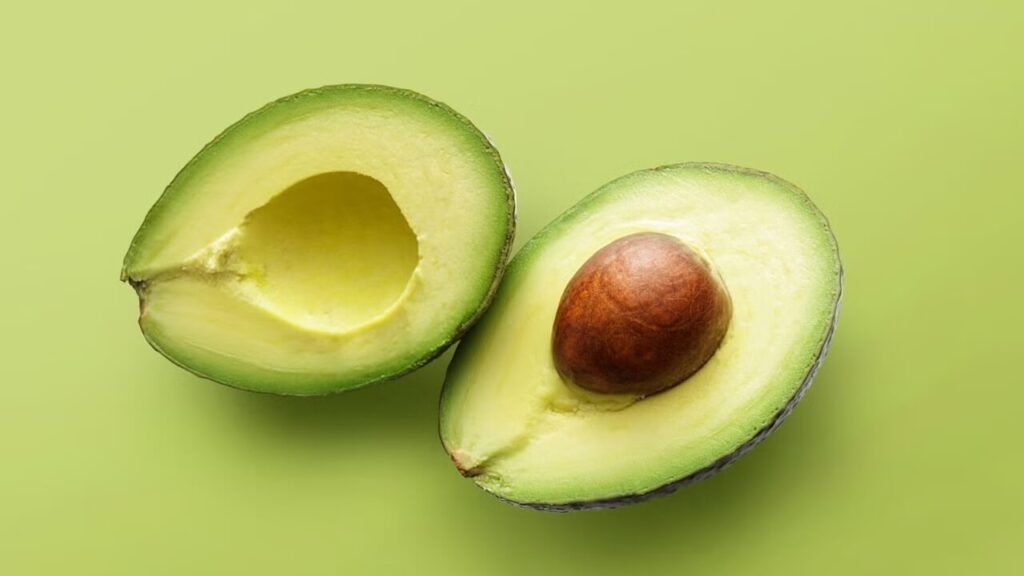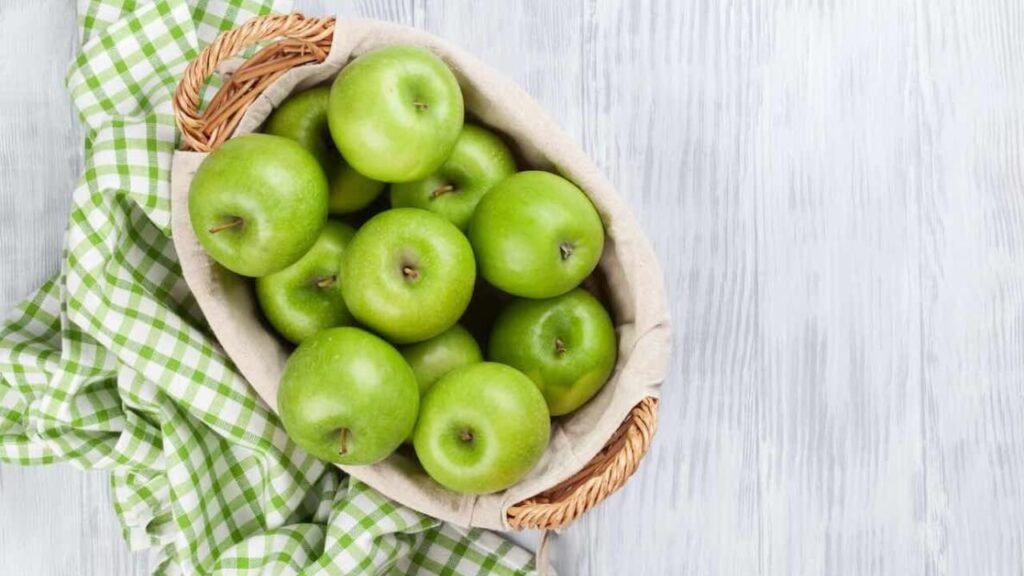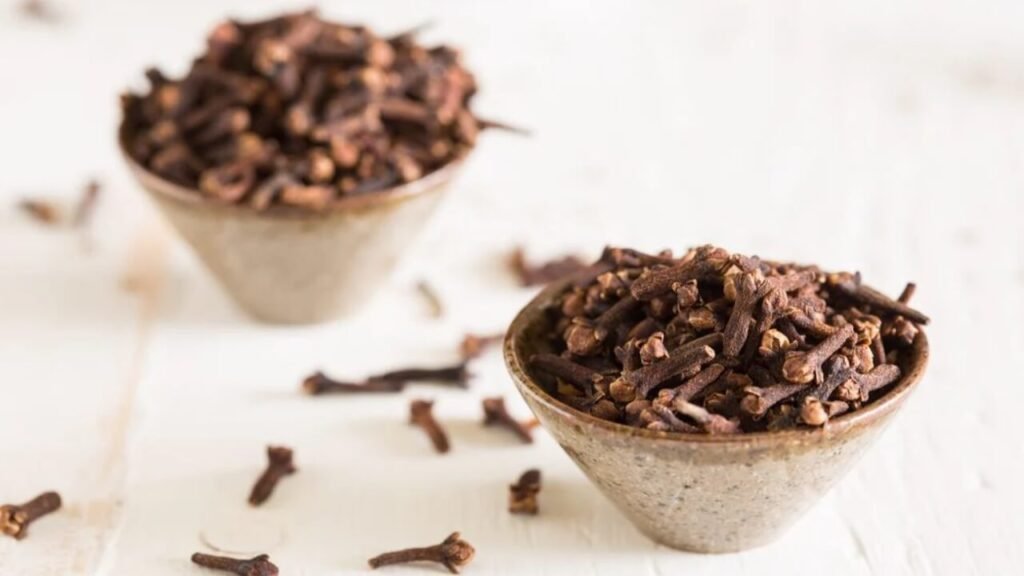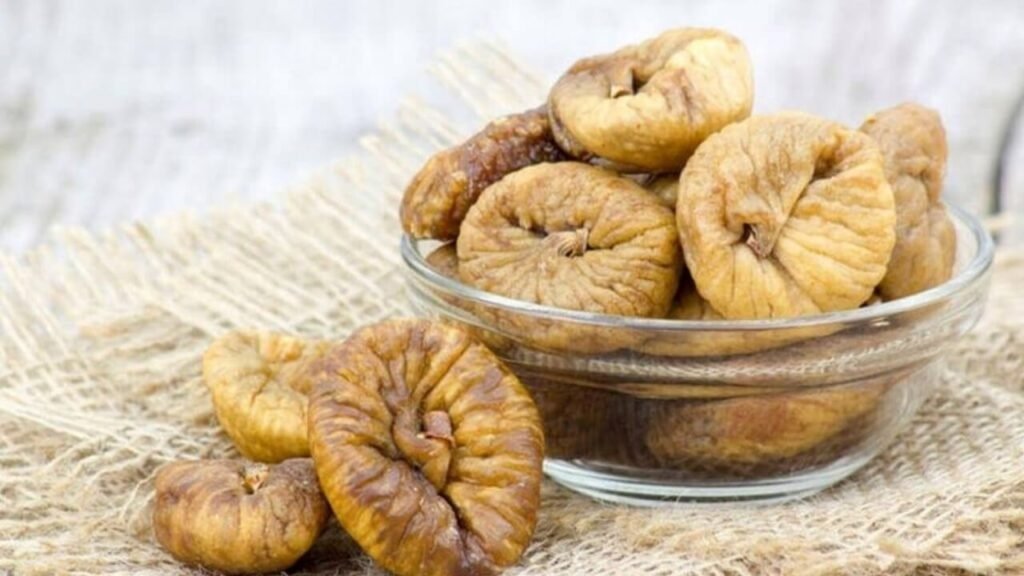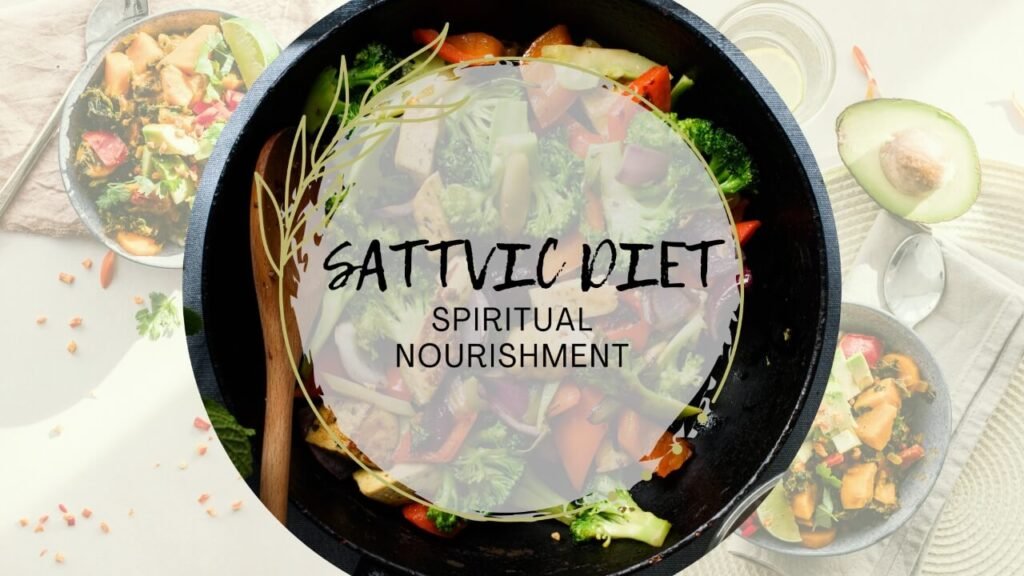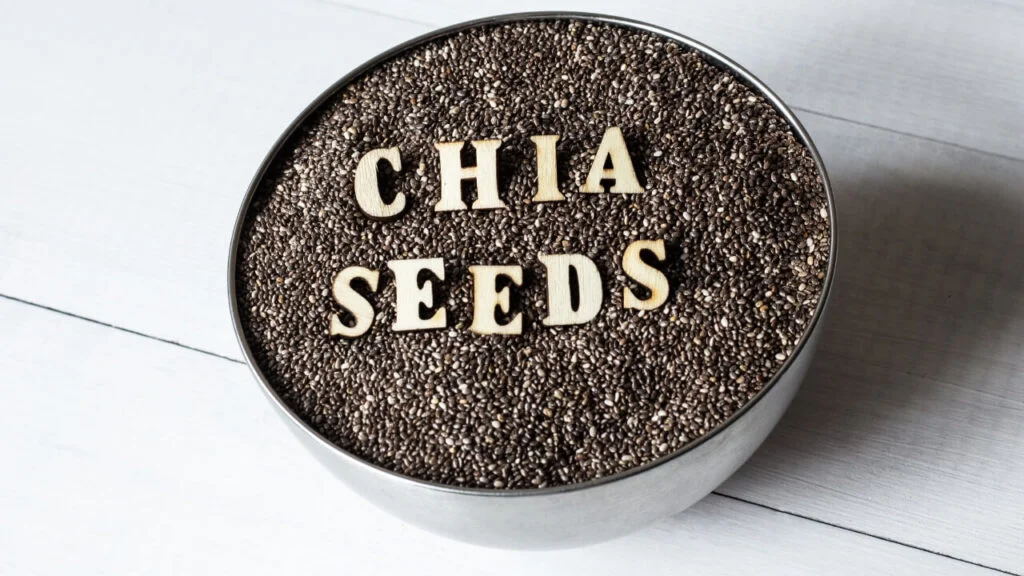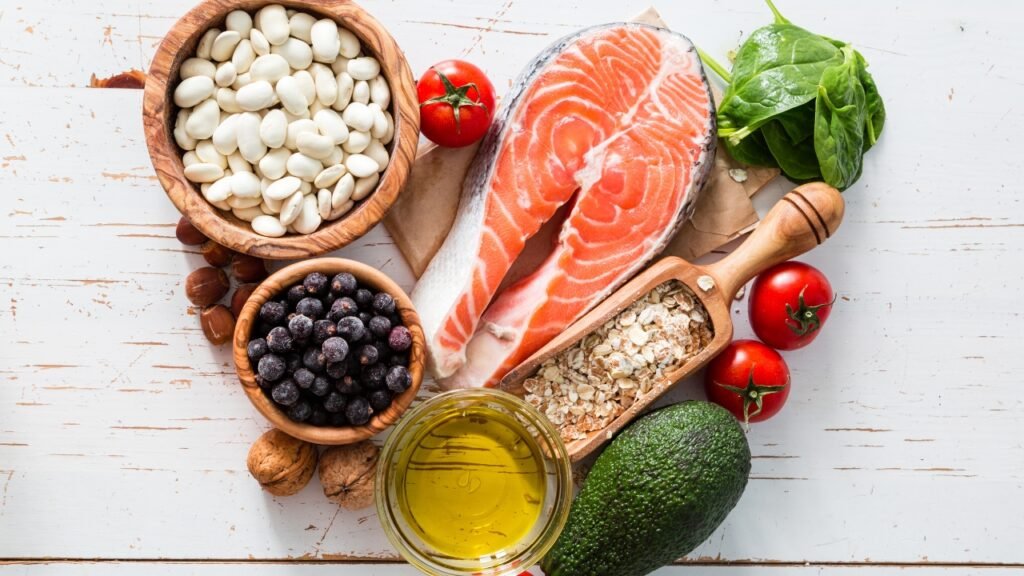Skip the Candy Aisle! This Dried Figs Secret Will Blow Your Mind!
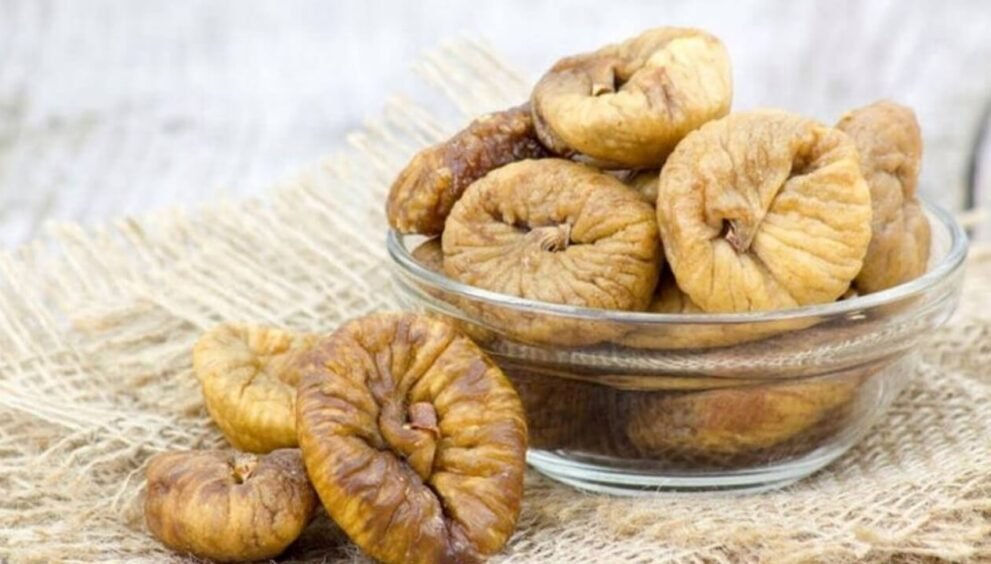
Dried figs, often overlooked in the pantheon of popular snacks, are actually nutritional powerhouses with a rich history and a surprisingly versatile culinary application. For many Americans, dried figs might conjure up images of grandma’s pantry or holiday fruitcakes. However, these chewy, sweet delights are so much more than a nostalgic treat. This article will take you on a journey to rediscover dried figs, exploring their nutritional benefits, culinary uses, sourcing considerations, and more. So, prepare to have your preconceived notions challenged as we delve into the fascinating world of dried figs.
A History Richer Than Their Flavor
The story of the fig tree, Ficus carica, stretches back millennia. Evidence suggests that figs were cultivated as early as 9200-9400 BC, making them one of the oldest crops known to humanity. Originating in the Middle East and Mediterranean regions, figs quickly spread throughout the ancient world, becoming a staple food and holding significant cultural and religious symbolism.
Ancient Reverence
In ancient Greece, figs were highly prized and often associated with fertility and abundance. Romans also revered figs, using them in both sweet and savory dishes. Their easy preservation through drying made them an essential food source for travelers and soldiers.
Californian Dreamin’
Eventually, figs found their way to the Americas with early Spanish missionaries, establishing themselves in the California landscape, where they flourish to this day.
Nutritional Powerhouse: Why You Should Add Dried Figs to Your Diet
Beyond their sweet taste and rich history, dried figs are loaded with nutrients that can significantly benefit your health. For example, they’re an excellent source of dietary fiber. Fiber is crucial for maintaining a healthy digestive system, promoting regularity, and preventing constipation. Furthermore, fiber helps regulate blood sugar levels, making dried figs a suitable snack for people managing diabetes, in moderation of course.
Mineral Marvels
Dried figs are also packed with essential minerals like potassium, calcium, and magnesium. Potassium helps regulate blood pressure, while calcium is vital for strong bones and teeth. Magnesium plays a crucial role in nerve and muscle function. These minerals contribute to overall well-being and can help prevent various health issues.
Reddit Rave Reviews
Reddit users often tout the benefits of including dried figs in their diets, mentioning improvements in digestion and increased energy levels. One user shared, “I started adding a few dried figs to my morning oatmeal, and I’ve noticed a significant difference in my energy levels throughout the day. Plus, my digestive system is much happier!”
Antioxidant Arsenal
Moreover, dried figs contain antioxidants, which help protect your body against damage from free radicals. Free radicals are unstable molecules that can contribute to aging and chronic diseases. The antioxidants in dried figs help neutralize these free radicals, promoting overall health and longevity.
“Figs are a great source of antioxidants, which can help protect cells from damage caused by free radicals,”
says Dr. Sarah Williams, a registered dietitian specializing in plant-based nutrition.
“Including them in your diet can contribute to overall health and well-being.”
Choosing the Best Dried Figs: What to Look For
Not all dried figs are created equal. When selecting dried figs, consider several factors to ensure you’re getting the best quality product. First, check the appearance of the figs. They should be plump, slightly moist, and free from any signs of mold or damage. Avoid figs that appear overly dry or shriveled.
Variety is the Spice (and Fruit!) of Life
Next, consider the variety of fig. Common varieties include Mission figs, known for their dark color and rich flavor, and Calimyrna figs, which are larger, lighter in color, and have a nuttier taste. Each variety offers a unique flavor profile, so experiment to find your favorite.
Ingredient Integrity
Pay attention to the ingredient list. Ideally, the only ingredient should be figs. Avoid products with added sugars, preservatives, or artificial flavors. Organic dried figs are a great choice, as they are grown without the use of synthetic pesticides and fertilizers.
Source Matters
Finally, consider the source of the figs. California is a major producer of dried figs in the United States, and many high-quality options are available from local farms and producers. Purchasing from reputable sources ensures that you’re getting fresh, flavorful figs.
Culinary Adventures: Unleashing the Potential of Dried Figs
Dried figs are incredibly versatile in the kitchen, lending themselves to a wide range of sweet and savory dishes. They can be enjoyed as a simple snack, added to baked goods, incorporated into salads, or used as a flavorful ingredient in sauces and stews.
Snacking Sensations
For a quick and healthy snack, simply enjoy a few dried figs on their own. Their natural sweetness satisfies cravings without the need for refined sugar. Another idea is to pair them with cheese and nuts for a sophisticated appetizer. The combination of sweet, salty, and crunchy textures is irresistible.
Baking Bonanza
In baking, dried figs can be added to muffins, breads, and cookies for a boost of flavor and texture. Chop them into small pieces and incorporate them into the batter for a chewy, slightly sweet addition. Dried figs also make a delicious filling for pastries and tarts.
Savory Surprises
Dried figs also shine in savory dishes. They can be used to create flavorful sauces for meats and poultry. Simmer them in wine or broth with herbs and spices to create a rich, complex sauce that complements a variety of dishes. Add chopped dried figs to salads for a touch of sweetness and a boost of nutrients.
Reddit Recipe Roundup
Reddit users have shared numerous creative ways to incorporate dried figs into their meals. One user suggested adding them to a cheese board, saying, “Dried figs are the perfect complement to a variety of cheeses. The sweetness of the figs balances the richness of the cheese beautifully.” Another user shared a recipe for a fig and prosciutto pizza, describing it as “an explosion of flavors.”
Sourcing and Storage: Ensuring Freshness and Quality
Proper storage is essential for maintaining the freshness and quality of dried figs. Store them in an airtight container in a cool, dry place, such as the pantry or refrigerator. Properly stored dried figs can last for several months.
Rehydration Rescue
If your dried figs become overly dry or hard, you can rehydrate them by soaking them in warm water for about 30 minutes. This will plump them up and restore their chewy texture. You can also add them to simmering sauces or stews to rehydrate them while adding flavor to your dish.
Bulk Buying Benefits
When purchasing dried figs, consider buying them in bulk to save money and reduce packaging waste. Look for stores that offer bulk bins or purchase larger bags from reputable online retailers. Check the expiration date to ensure freshness.
Support Local!
Also, support local producers and farms. By purchasing figs from local sources, you are supporting sustainable agriculture and reducing your carbon footprint.
The Sweet Treat: Different Ways of Enjoying Dried Figs
Dried figs are available in a variety of forms. Whole dried figs, fig paste and fig spread. Each form has its own unique uses and benefits. Dried figs can be eaten as a standalone snack, offering a chewy and sweet treat. Fig paste is a concentrated form of figs that is often used as a filling for pastries or as a sweetener in recipes.
Dried figs and fig paste is a good source of fiber and other nutrients. Fig spread is a convenient way to add the flavor of figs to sandwiches, toast, or crackers. This can be a good option for those who want to enjoy the taste of figs without the chewy texture. Depending on your preference and dietary needs, there are many ways to incorporate dried figs into your diet.
Dried Figs: Beyond the Basics
Beyond their culinary and nutritional benefits, dried figs also have cultural and historical significance. In many cultures, figs are associated with prosperity, fertility, and peace. They are often used in religious ceremonies and celebrations.
Dried figs are also a symbol of resilience and adaptability. The fig tree can thrive in harsh environments, producing fruit even in challenging conditions. This resilience makes figs a powerful symbol of strength and perseverance.
Potential Downsides and Considerations
While dried figs are generally considered a healthy snack, there are a few potential downsides to consider. First, they are relatively high in sugar and calories. Therefore, it is important to consume them in moderation, especially if you are watching your weight or managing diabetes.
Some people may experience digestive discomfort from eating too many dried figs, particularly if they are not used to consuming high amounts of fiber. Start with a small serving and gradually increase your intake to avoid any digestive issues.
Additionally, dried figs may contain sulfites, which are preservatives that can cause allergic reactions in some people. If you are sensitive to sulfites, check the ingredient list carefully and choose sulfite-free options.
Conclusion: Re-Embracing the Humble Dried Fig
Dried figs are more than just a forgotten snack; they are a nutritional powerhouse with a rich history and endless culinary possibilities. From their ancient origins to their modern-day applications, figs have consistently proven their value as a versatile and nutritious food source.
Whether you enjoy them as a simple snack, incorporate them into your favorite recipes, or use them as a natural sweetener, dried figs offer a delicious and healthy way to boost your overall well-being. So, the next time you’re looking for a wholesome and satisfying snack, reach for a handful of dried figs and rediscover the sweet world that this humble fruit has to offer. You might be surprised by how much you enjoy them.






